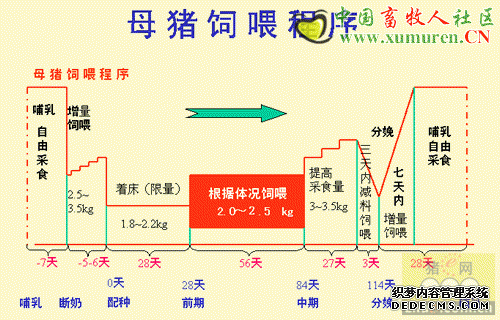By T. A. Fonstad, D. E. Meier, L. J. Ingram, University of Saskatchewan and J. Leonard, University of Alberta, published by Prairie Swine Centre - The purpose of this investigation is to determine whether composting mortalities is a viable solution for dead animal disposal for hog producers in Saskatchewan.
The expansion of the hog industry in Saskatchewan has created the need for new advancements to develop an economically and environmentally sustainable industry. Dead animal management is just one area of the livestock industry that producers need to be mindful of. Composting has the potential to be a more environmentally and economically sustainable option for on-farm disposal of dead stock.
Experimental Procedure
A test compost pile (deads pile) was constructed using a straw/manure mix provided by the animal shelters of the operation. Mortalities were added to this mix in increments of 10-14 days. An additional compost pile composed of straw/manure mix only was constructed as the control. Temperature and oxygen measurements were taken weekly to track microbial activity. In addition, volume reduction and moisture conditions were monitored to evaluate the overall progress and efficiency of the composting process. At the end of the study period, the deads pile was screened to quantify any objectionable material within the compost pile to evaluate the effectiveness of using compost as a method of deads disposal.
Results
Temperature and oxygen were used to determine when the compost pile required aeration, which was approximately three months from the last addition to the pile. Observations of the deads composting pile during pile aeration showed that the carcasses were broken down successfully. This was verified when the deads compost pile was screened revealing that, on a dry mass basis, only 0.04% of the compost pile was deemed to be recognizable remains.
Moisture conditions remained within the ideal range for composting throughout the compost period and a significant volume reduction was noticed. The volume of the manure/straw pile reduced approximately 40 ?50%.
Conclusions
Composting mortalities as a method of dead animal management on a commercial hog operation in Saskatchewan has shown to be quite successful. Results show that carcasses can be effectively disposed of with minimal effort from the producer. Information from this study will help to establish guidelines and protocols for producers in Saskatchewan to follow for establishment of a composting program on their operation.
Acknowledgements
The authors would like to thank Cover-All Building Systems, Henry Quiring and staff at Marvel Acres Hog Farm, Saskatchewan Pork Central and Saskatchewan Agricultural Development Fund for their contributions.
Source - Prairie Swine Centre - January 2004
声明
来源:互联网
本文地址:http://farm.00-net.com/yz/zhu/5/2007-09-20/142364.html








